Amyloidosis – is a group of clinical disorders. It involves the extracellular deposition of insoluble fibrillar proteins. The proteins (amyloids) accumulate in tissues and organs. It causes damage to organs, most commonly the liver, kidneys, or heart. Amyloidosis has a chronic and multisystem character. To date, it is not known what exactly causes the disease.
The diagnostic process of Amyloidosis is a difficult task because the symptoms of Amyloidosis do not infrequently resemble different, more common conditions in old age. Only a minimal number of patients are diagnosed with the disease before the age of 40.
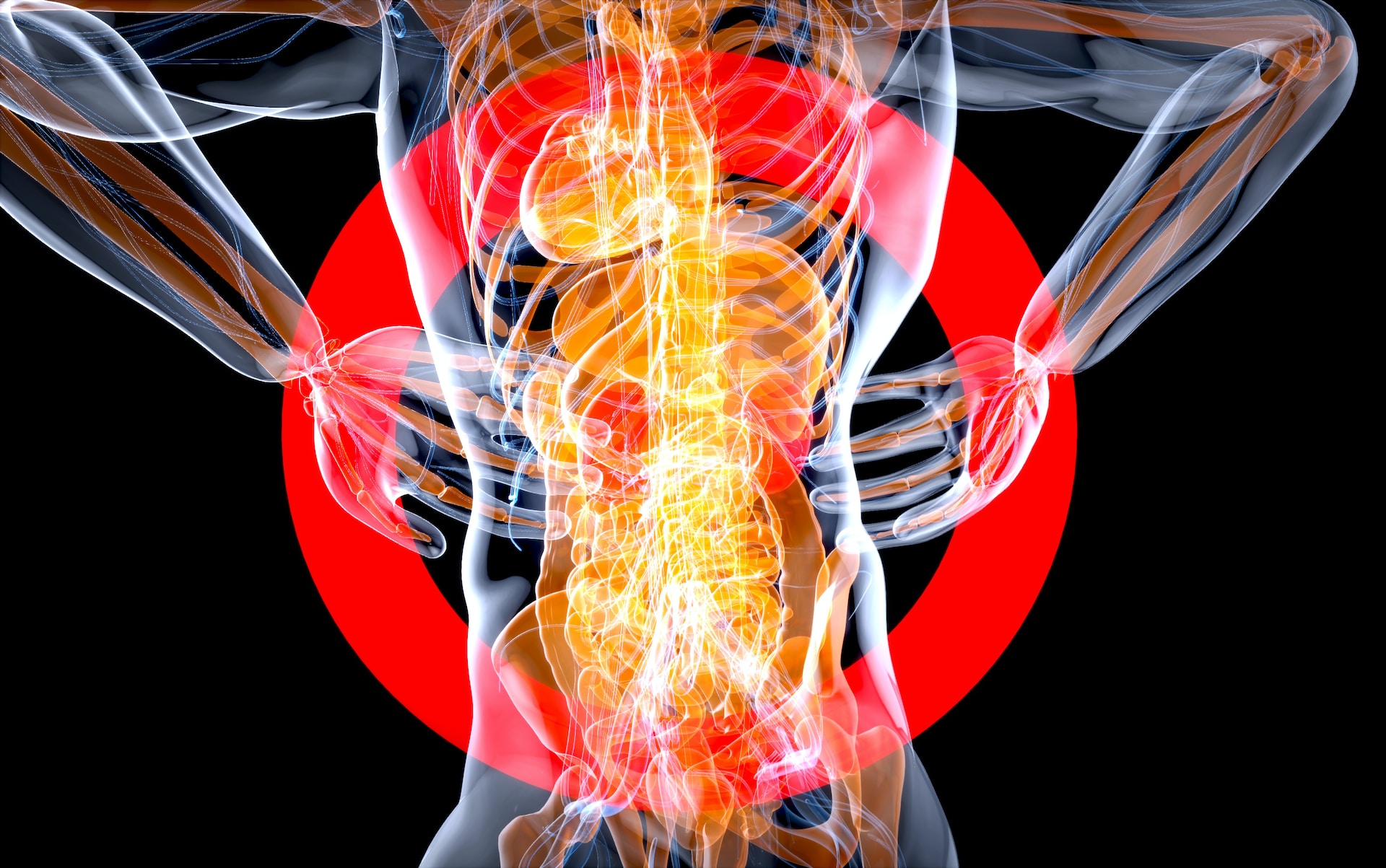
The symptoms of Amyloidosis depend on the organs involved and are nonspecific. There are various treatments for Amyloidosis, but unfortunately, it is impossible to cure it completely. Untreated Amyloidosis can cause complications, including failure of specific organs.
There are various types of Amyloidosis, depending on what kind of protein accumulates in the organs and the symptoms of each individual. Both the symptoms and the prognosis and treatment vary depending on
the sort of Amyloidosis. The most common are three types of Amyloidosis:
Amyloidosis of light chains (AL) – is a malignancy in which cells produce an abnormal protein. It involves the deposition of immunoglobulin light chains![]() , causing progressive organ dysfunction. This type most often appears in the character of cardiac Amyloidosis. The diagnosis of AL amyloidosis is based on detecting amyloid in a particular organ on histopathological examination.
, causing progressive organ dysfunction. This type most often appears in the character of cardiac Amyloidosis. The diagnosis of AL amyloidosis is based on detecting amyloid in a particular organ on histopathological examination.
Transthyretin amyloidosis (ATTR) – this type of Amyloidosis is a rare disease. It progresses rapidly, causing an increase in symptoms. It can have an inherited or acquired character. It means that it only takes one defective gene to develop the disease. The component protein of amyloid here is transthyretin![]() , produced in the liver.
, produced in the liver.
Secondary Amyloidosis (AA) – is a complication of chronic diseases associated with the activation of acute phase proteins. Theoretically, AA amyloidosis can be a consequence of each chronic inflammatory condition. The precursor of amyloid is the serum amyloid A protein![]() . The kidney is the most commonly involved organ, but amyloid deposits can be deposited in each internal organ.
. The kidney is the most commonly involved organ, but amyloid deposits can be deposited in each internal organ.
The causes of the protein's malformation and its accumulation in organs are not fully known. Depending on the type of Amyloidosis, the following factors may be the causes:
Typical diseases complicated by AA amyloidosis are chronic inflammatory conditions of unknown cause, autoimmune diseases, cancer, and chronic infections. AL amyloidosis can develop during plasmacytic myeloma. In contrast, with ATTR amyloidosis, the disease has a genetic basis, most often associated with a single gene mutation.

The overall symptom complex of Amyloidosis is very diverse and, therefore, difficult to diagnose. The disease can produce various symptoms depending on the type of Amyloidosis present and the organ it affects. In addition, the disease takes years to develop, and its symptoms are often elusive in the early stages.
Over time, in addition to the signs of the underlying condition, ailments associated with damage to the affected organs may appear. Most patients have general symptoms unrelated to the involvement of any organ. However, they are so nonspecific that it is sometimes difficult to relate them to the disease. Symptoms of Amyloidosis include:
The varied symptoms of Amyloidosis make the disease difficult to diagnose. Especially early symptoms, such as weakness or weight loss, can be trivialized.
However, Amyloidosis often involves the kidneys, which can be indicated by leg swelling. In addition, characteristic signs of foaming urine and loss of protein in the urine can be seen through urinalysis.
On the other hand, in the case of cardiac Amyloidosis, typical symptoms of heart failure may appear – exertional dyspnea, as well as edema. If amyloid impairs the pacemaker system, cardiac arrhythmias can manifest as syncope.
Amyloid can also be deposited in the nervous system, mainly in the peripheral nerves of the hands and feet. Feelings of tingling and numbness manifest their damage. Pain and sensory disturbances may occur.
The impaired function can affect nerves in the intestines, causing constipation or diarrhea. Muscle weakness also affects incontinence and erectile problems. Carpal tunnel syndrome is also a prevalent condition caused by tissue amyloid deposition.
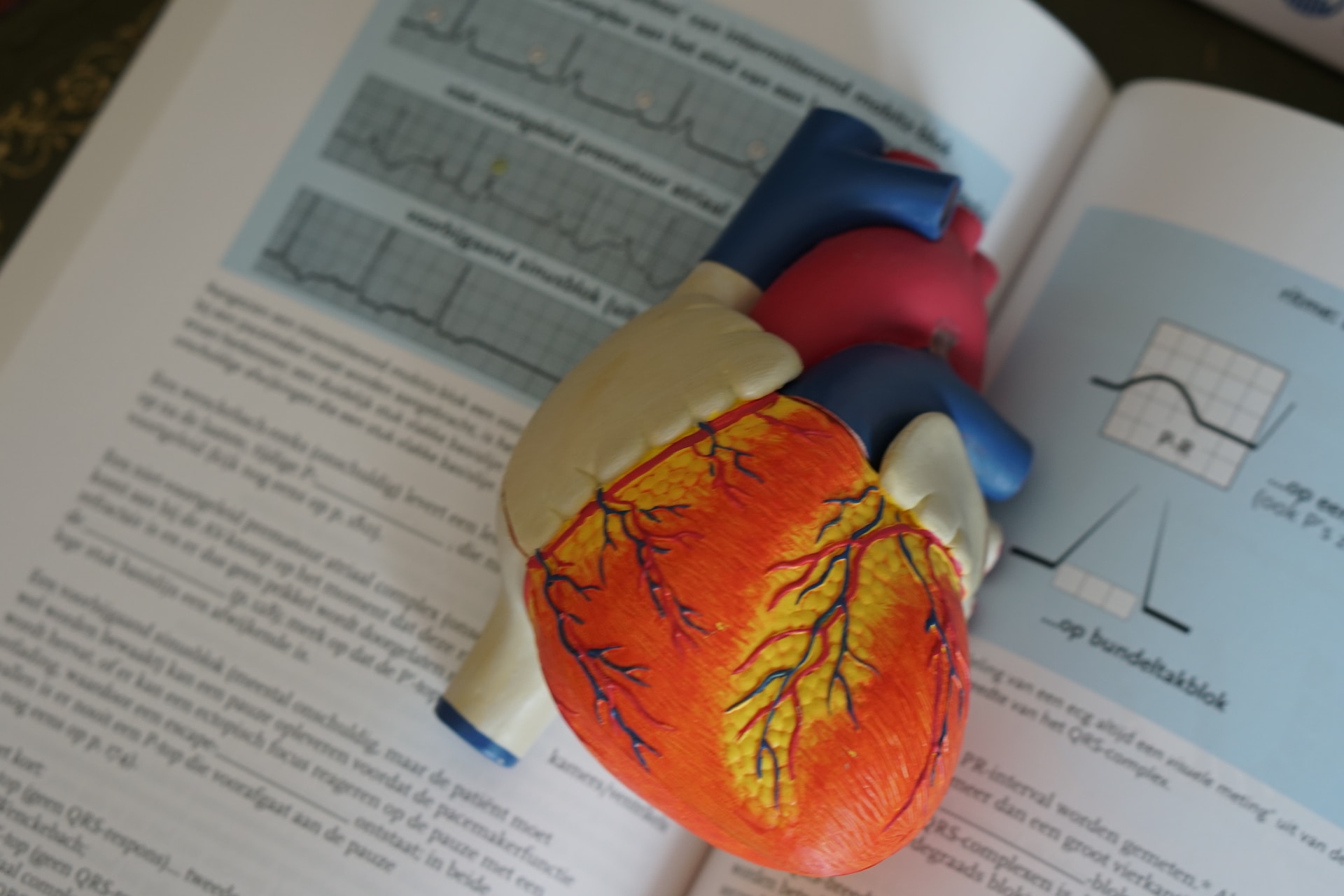
When Amyloidosis is suspected, it is necessary to perform some tests. Their results and information on comorbidities and medications taken are the basis for planning amyloidosis treatment. Tests for diagnosing Amyloidosis include:
It's basic tests recommended when Amyloidosis is suspected. A blood test can give a lot of helpful information for analysis. Morphology abnormalities are checked. Although they are rare in Amyloidosis, people with advanced kidney involvement may have anemia. Tests to assess the function of various organs and electrolyte concentrations are essential.
Abnormal results of individual tests reflect the dysfunction of a particular organ. Organ dysfunction may be indicated by, among other things, increased bilirubin levels. In AL amyloidosis, amyloid fibers are composed of immunoglobulins. It is this fraction that is measured in a blood test. It is a crucial test in the diagnosis of AL amyloidosis. It is also used to assess disease activity and evaluate the effectiveness of treatment.
Ultrasound examinations make internal organs visible. In cancer, they also help assess whether the disease occupies them. Cardiac ultrasound is the primary diagnostic test for suspected Amyloidosis with cardiac involvement. Deposition of amyloid gives a characteristic picture of the heart on this examination.
For example, increased echogenicity of the heart can be seen. Thickening of the interventricular septum and heart chambers is also characteristic of Amyloidosis. In addition to ultrasound, magnetic resonance imaging and cardiac scintigraphy are also used to assess cardiac function.
A tissue biopsy involves taking a small piece of tissue for microscopic examination. When Amyloidosis is suspected, it is done to confirm the diagnosis. The easiest way is to take a part of fatty tissue from the abdomen for examination. The procedure is done under local anesthesia and can be done outpatient. Sometimes a biopsy of a fragment of oral or rectal mucosa is done. A biopsy can also be taken from organs suspected of being involved in Amyloidosis. With a biopsy, the presence of Amyloidosis can be confirmed.
Amyloidosis should begin treatment as soon as possible after diagnosis. The progression of the disease causes dysfunction of various organs, which leads to severe complications. Currently, no treatment will remove the amyloid that has already been deposited. Treatment is therefore intended to counteract its further production.
Chemotherapy![]() helps reduce amyloid production. Depending on the course of the disease and the organs involved, the doctor may also order antibiotic therapy. Supportive treatment is used concurrently with treatment to limit further amyloid production or as the only treatment in patients in whom chemotherapy cannot be given.
helps reduce amyloid production. Depending on the course of the disease and the organs involved, the doctor may also order antibiotic therapy. Supportive treatment is used concurrently with treatment to limit further amyloid production or as the only treatment in patients in whom chemotherapy cannot be given.
Chemotherapy is inadvisable for patients with poor general conditions with multiple comorbidities because of the high risk of complications and further deterioration. Also, transplantation![]() of involved organs is possible in Amyloidosis. Each transplantation is a severe treatment with serious side effects, so that it can be used in a tiny percentage of amyloidosis patients.
of involved organs is possible in Amyloidosis. Each transplantation is a severe treatment with serious side effects, so that it can be used in a tiny percentage of amyloidosis patients.

Amyloidosis is a disease that causes a lot of damage to the body. Its development leads to organ dysfunction, which causes many unpleasant discomforts. The most common conditions of Amyloidosis include:
Fluid retention: The most common complication of Amyloidosis is fluid retention![]() in the body. It occurs when the kidneys are involved. When the damaged kidneys cannot produce and excrete enough urine and excess fluids, they remain in the body. Symptoms of fluid retention are swelling of the lower extremities and ascites. Rapid weight gain may occur. Diuretics are used for this condition to increase the amount of urine excreted and reduce edema.
in the body. It occurs when the kidneys are involved. When the damaged kidneys cannot produce and excrete enough urine and excess fluids, they remain in the body. Symptoms of fluid retention are swelling of the lower extremities and ascites. Rapid weight gain may occur. Diuretics are used for this condition to increase the amount of urine excreted and reduce edema.
Impaired intestinal peristalsis: Constipation![]() is common when there is gastrointestinal involvement in Amyloidosis. Over time, constipation can take a chronic form. However, it is essential to remember that constipation can be a side effect of medications, including painkillers. To relieve constipation, it is recommended to eat foods rich in fiber.
is common when there is gastrointestinal involvement in Amyloidosis. Over time, constipation can take a chronic form. However, it is essential to remember that constipation can be a side effect of medications, including painkillers. To relieve constipation, it is recommended to eat foods rich in fiber.
Hair loss: baldness occurs during the treatment of Amyloidosis due to chemotherapy. However, it is a temporary stage – once the treatment ends, the hair grows back. Sometimes they grow back altered, such as having a different texture. There are no contraindications to coloring hair during treatment, but dyes can further weaken hair. To delay and reduce hair loss, mild hair care products are suggested.
Leukopenia: is a reduction in the number of white blood cells in the blood, responsible for protecting the body from infections. Therefore, with Amyloidosis, there is a higher risk of bacterial and viral infections. Patients should avoid exposure to diseases and not underestimate their symptoms. Different symptoms of leukopenia can be changes in the mucous membranes – aphthae and ulcers.
Peripheral neuropathy: The leading cause of pain in Amyloidosis is pain caused by nerve damage. Neuropathy![]() can also cause symptoms such as sensory disturbances. When neuropathic pain is too intense and causes significant discomfort, additional pain medications are used, which must be taken regularly and at a consistent time.
can also cause symptoms such as sensory disturbances. When neuropathic pain is too intense and causes significant discomfort, additional pain medications are used, which must be taken regularly and at a consistent time.
Thrombocytopenia: Platelets are responsible for blood clotting, and their deficiency, called thrombocytopenia, increases the risk of bleeding. The incidence of bleeding is high, especially when taking anticoagulants simultaneously. The most dangerous are internal bleeds – from the gastrointestinal tract into the central nervous system. In cases of bleeding or profound thrombocytopenia, platelet concentrate transfusion is used. Mild thrombocytopenia usually does not require treatment.
Anemia: This involves a decrease in hemoglobin concentration in the blood. It can cause weakness and chronic fatigue. Anemia usually evens out after effective treatment of the underlying disease. In cases of significant deficiency, erythropoietin can be used for subcutaneous injections or blood transfusion.
The term amyloidosis is a generic name for various diseases, the essence of which is the accumulation of abnormal amyloid protein in organs. Amyloidosis can be divided into three types, differing in symptoms and course. AA, AL, and ATTR types are distinguished. It is still unclear what exactly contributes to the development of Amyloidosis. Genetic factors, autoimmune factors, and the presence of various diseases and inflammatory conditions are suspected to influence the development of the disease.
The range of symptoms of Amyloidosis is extensive, so the disease is difficult to diagnose. Symptoms can include complaints of dysfunction of the organs occupied by amyloids. To analyze Amyloidosis, a blood test is first used. Additional tests, such as ultrasound and tissue biopsies, are also performed to confirm the diagnosis. Treatment is mainly based on chemotherapy. Both the developing Amyloidosis and the treatment process itself can contribute to complications.
Table of Contents
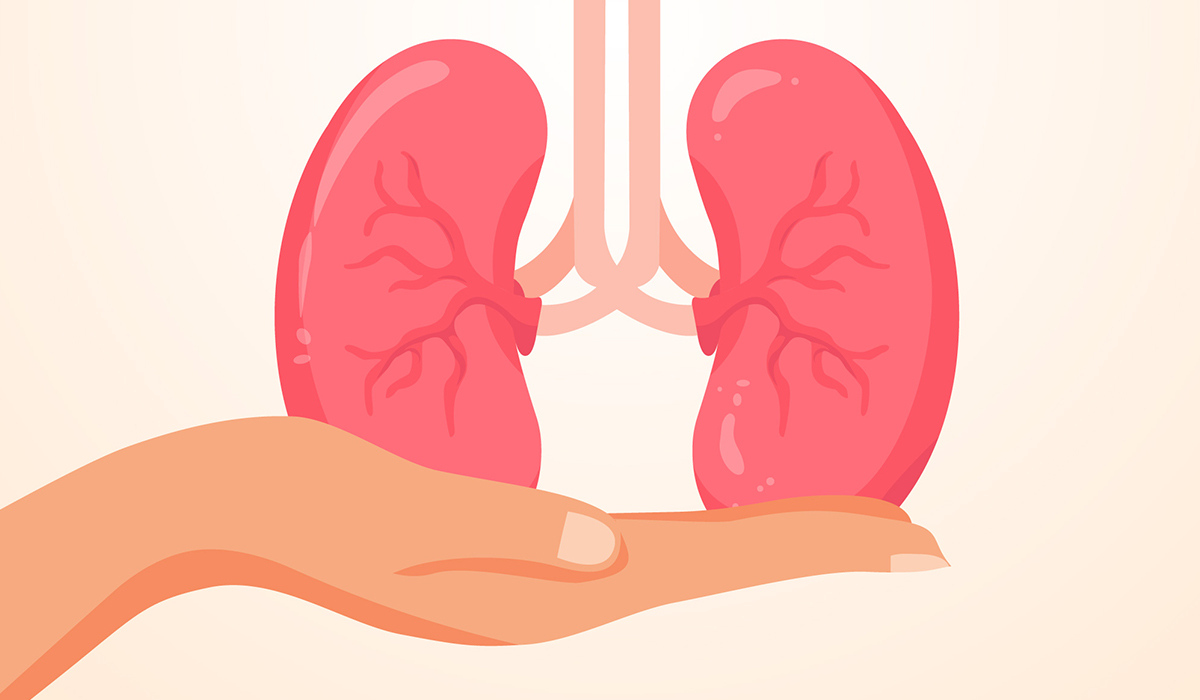
Kidneys are two bean-shaped organs that filter your blood from waste products. What are its other functions? How are they… read more »

Alopecia is a disease that manifests itself in various ways, including thinning or loss of hair. What are the causes… read more »

Trigger finger is a condition that impairs daily functioning. The effectiveness of treatment depends on the severity of the symptoms.… read more »
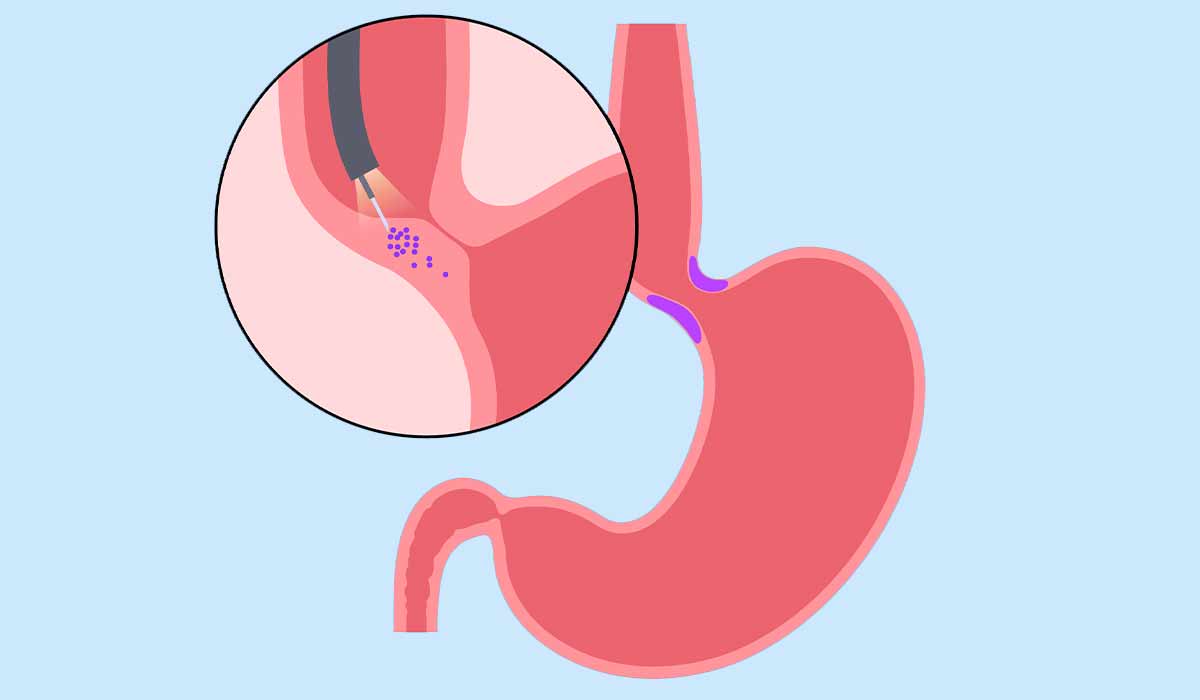
Achalasia is a motor disease of the esophagus. What are the causes and symptoms of achalasia? You can find this… read more »
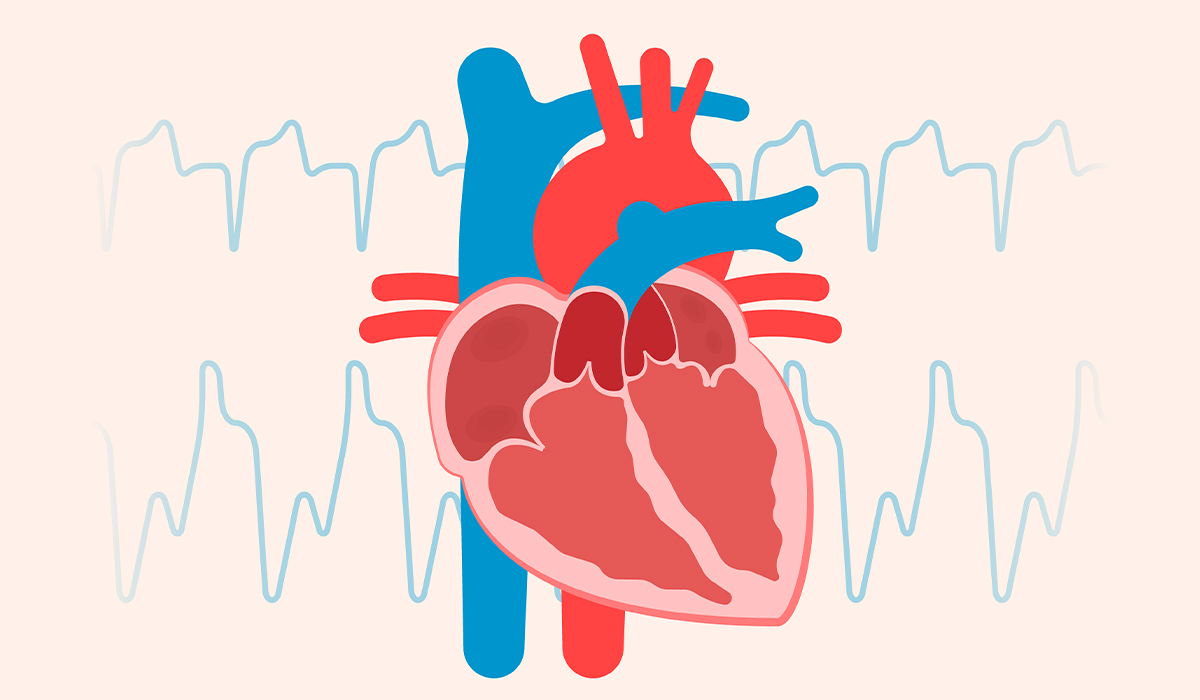
Cardiomyopathy refers to an abnormality in the heart muscle. There are various types and causes of cardiomyopathy. Learn about the… read more »

Laser hair removal is a procedure that uses concentrated laser to remove unwanted hair. It targets the melanin in hair… read more »

There are a number of natural high-protein foods that you can introduce into your diet. Learn about animal products and… read more »

Gastroparesis is a disorder of the motility of the stomach. The disease causes many unpleasant symptoms. Find out how to… read more »

Cardiac arrhythmia is a disease characterized by irregular heartbeats. What are the causes of this disorder? What is the diagnosis… read more »